Top 10 Banking Institutions in India
Discover the top 10 banking institutions in India, renowned for their comprehensive services, customer-centric approach, and innovative financial solutions. Explore leading banks shaping India’s financial landscape.
India’s banking sector is a vibrant tapestry of institutions that play a crucial role in the nation’s economic growth and financial stability. From state-owned giants to nimble private players, here are the top 10 banking institutions in India that stand out for their scale, innovation, and customer-centric approach.
Table of Contents
1. State Bank of India (SBI)
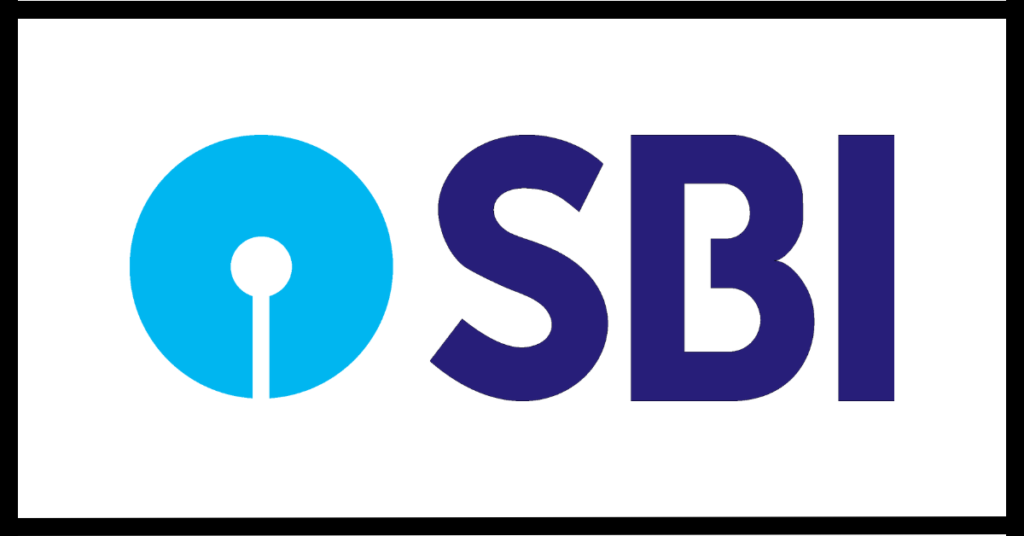
State Bank of India (SBI) is India’s largest bank by assets and branches. Established in 1955 (originally in 1806), headquartered in Mumbai, Maharashtra, SBI offers a wide range of banking products and services to millions of retail and corporate customers. Known for its extensive rural presence and digital banking initiatives like the SBI YONO app, SBI continues to play a pivotal role in India’s banking sector.
| Criteria | Details |
|---|---|
| Established | 1955 (originally founded in 1806) |
| Headquarters | Mumbai, Maharashtra |
| Assets | ₹52.51 trillion (as of FY 2021-22) |
| Branches | Over 22,000 branches and 58,500 ATMs across India |
| Key Strengths | Largest bank in India by assets and branches, extensive rural presence |
| Innovation | Digital banking solutions, SBI YONO app |
| Customer Base | Millions of retail and corporate customers |
| Financial Inclusion | SBI Gram Seva initiative, Jan Dhan Yojana participation |
| Achievements | State-owned enterprise, strong regulatory support |
As the largest bank in India and a pillar of the nation’s financial system, SBI boasts an extensive network of branches across the country and abroad. Known for its robust banking products and services, SBI caters to diverse segments ranging from retail customers to corporate entities.
2. HDFC Bank
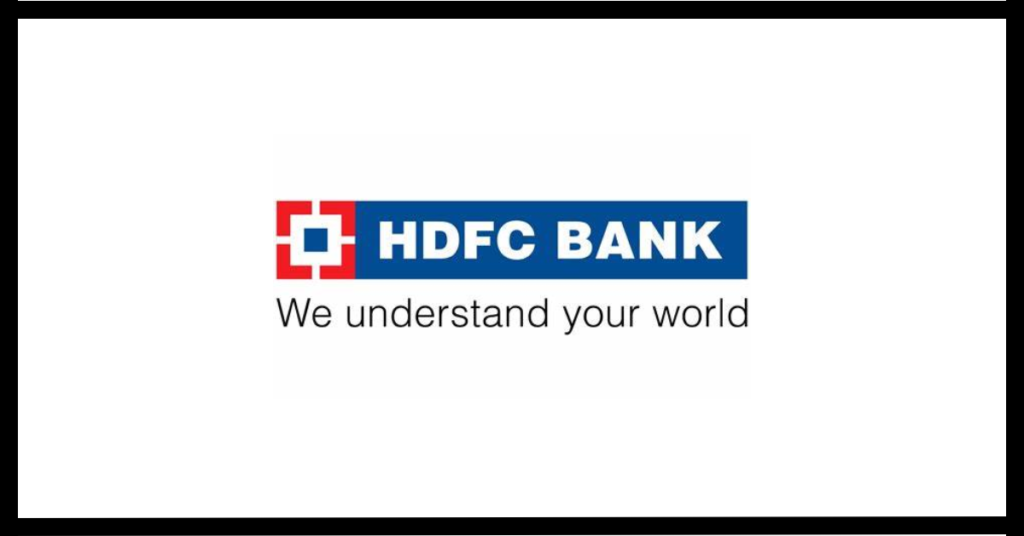
HDFC Bank is one of India’s largest private sector banks, known for its strong customer service and digital banking solutions. Established in 1994 and headquartered in Mumbai, HDFC Bank operates over 5,600 branches and 16,000 ATMs across India. It offers a comprehensive range of financial products and services, catering to both retail and corporate clients, and is recognized for its innovative approach in the banking industry.
| Criteria | Details |
|---|---|
| Established | 1994 |
| Headquarters | Mumbai, Maharashtra |
| Assets | ₹18.99 trillion (as of FY 2021-22) |
| Branches | Over 5,600 branches and 16,000 ATMs across India |
| Key Strengths | Strong customer service, digital banking solutions |
| Innovation | First bank to launch an International Debit Card in India |
| Customer Base | Extensive retail and corporate clientele |
| Financial Inclusion | Focus on urban and semi-urban markets |
| Achievements | Second largest private sector bank in India |
HDFC Bank is renowned for its efficiency and customer service, making it one of the leading private sector banks in India. With a focus on digital banking solutions and a wide range of financial products, HDFC Bank continues to set benchmarks in the industry.
3. ICICI Bank
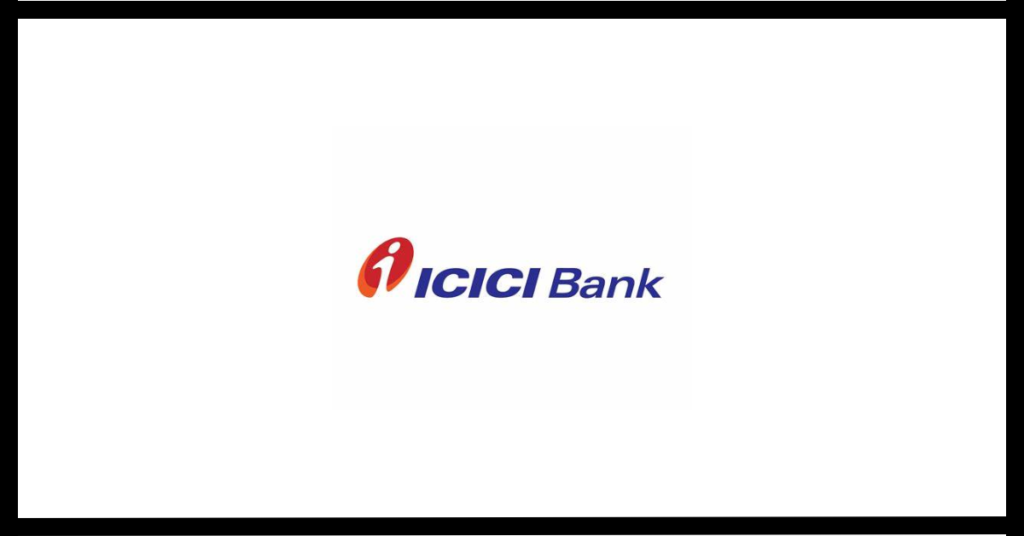
ICICI Bank is a leading private sector bank in India, known for its extensive range of banking products and digital banking innovations. Established in 1994 and headquartered in Mumbai, ICICI Bank operates over 5,400 branches and 15,000 ATMs across the country. It serves a diverse customer base including retail, corporate, and NRI clients, and has been a pioneer in adopting technology to enhance customer experience.
| Criteria | Details |
|---|---|
| Established | 1994 |
| Headquarters | Mumbai, Maharashtra |
| Assets | ₹17.12 trillion (as of FY 2021-22) |
| Branches | Over 5,400 branches and 15,000 ATMs across India |
| Key Strengths | Digital banking pioneer, extensive product range |
| Innovation | First Indian bank to use satellite communication for banking services |
| Customer Base | Diverse retail, corporate, and NRI customers |
| Financial Inclusion | ICICI Rural Self Employment Training Institutes (RSETIs) |
| Achievements | Leading private sector bank in India, global presence |
ICICI Bank stands as a prominent name in Indian banking, offering a comprehensive suite of banking products and services. Known for its pioneering efforts in digital banking and customer-friendly initiatives, ICICI Bank serves millions of customers both domestically and internationally.
4. Punjab National Bank (PNB)
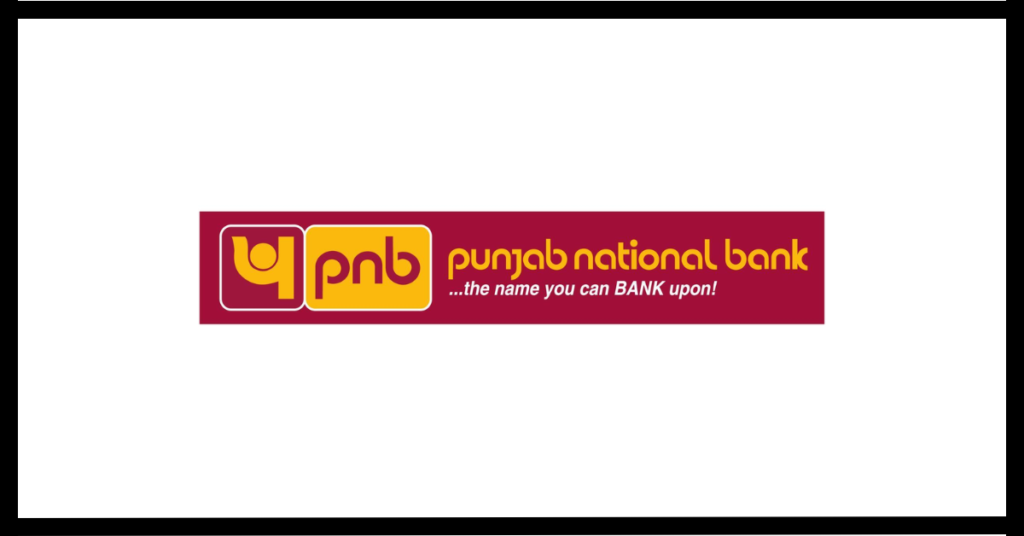
Punjab National Bank (PNB) is a prominent public sector bank in India with a rich history dating back to 1894, headquartered in New Delhi. PNB has a strong presence in rural and agricultural finance, operating over 7,000 branches and 13,000 ATMs nationwide. Known for its focus on financial inclusion and digital banking initiatives like the PNB mBanking app, PNB continues to be a key player in India’s banking landscape.
| Criteria | Details |
|---|---|
| Established | 1894 |
| Headquarters | New Delhi, India |
| Assets | ₹11.35 trillion (as of FY 2021-22) |
| Branches | Over 7,000 branches and 13,000 ATMs across India |
| Key Strengths | Strong presence in rural and agricultural finance |
| Innovation | Digital banking initiatives, PNB mBanking app |
| Customer Base | Retail, agricultural, and corporate clients |
| Financial Inclusion | Focus on rural and semi-urban areas, financial literacy programs |
| Achievements | Public sector bank, significant contribution to economic development |
PNB holds a significant presence in the Indian banking sector, particularly notable for its strength in retail banking and agricultural finance. With a legacy spanning over a century, PNB continues to evolve while maintaining its commitment to financial inclusion.
5. Axis Bank
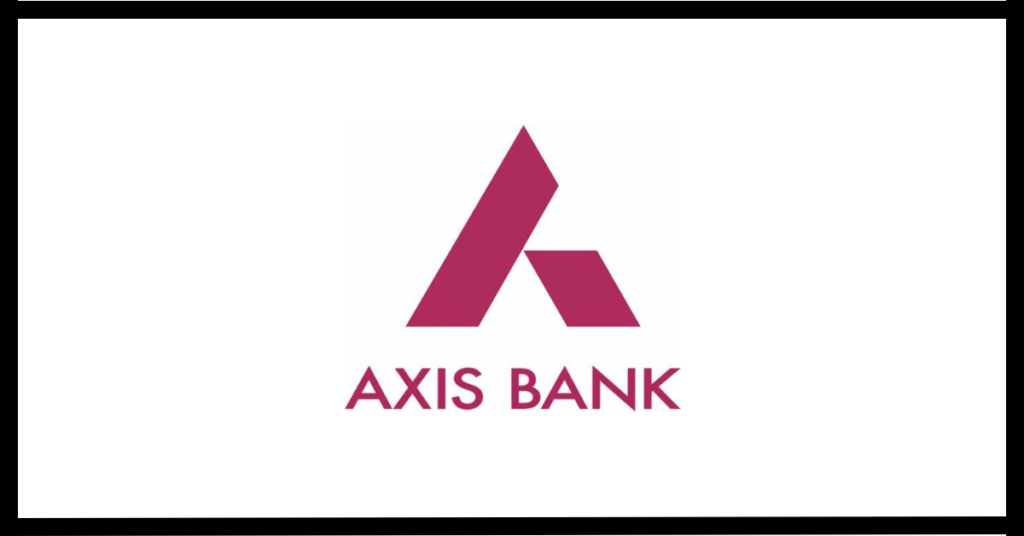
Axis Bank is a leading private sector bank in India, known for its innovative digital banking solutions and customer-centric approach. Established in 1993 and headquartered in Mumbai, Axis Bank operates over 4,800 branches and 17,800 ATMs across India. It caters to a wide range of customers including retail, SMEs, and corporate clients, and is recognized for its proactive adoption of technology to improve banking services.
| Criteria | Details |
|---|---|
| Established | 1993 |
| Headquarters | Mumbai, Maharashtra |
| Assets | ₹10.71 trillion (as of FY 2021-22) |
| Branches | Over 4,800 branches and 17,800 ATMs across India |
| Key Strengths | Innovative digital banking solutions, customer-centric approach |
| Innovation | Axis Mobile app, online banking platforms |
| Customer Base | Retail, SMEs, corporate clients |
| Financial Inclusion | Axis Sahyog initiative, financial literacy programs |
| Achievements | Third largest private sector bank in India, global presence |
Axis Bank is recognized for its progressive outlook and innovative banking solutions. Catering to a wide spectrum of customers, including retail, SMEs, and corporate clients, Axis Bank has carved a niche for itself through its customer-centric approach and digital transformation initiatives.
6. Bank of Baroda (BOB)
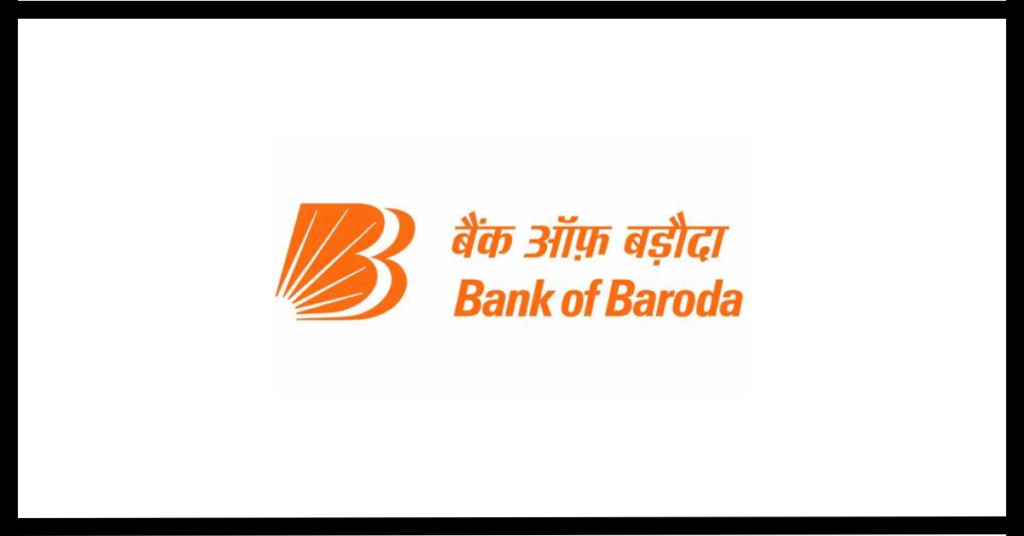
Bank of Baroda (BOB) is one of India’s oldest and largest banks, established in 1908 and headquartered in Vadodara, Gujarat. With a presence in over 100 countries, BOB offers a diverse range of financial products and services to retail, corporate, and international clients. Known for its global operations and digital banking initiatives, BOB continues to expand its footprint in the competitive banking sector.
| Criteria | Details |
|---|---|
| Established | 1908 |
| Headquarters | Vadodara, Gujarat |
| Assets | ₹10.05 trillion (as of FY 2021-22) |
| Branches | Over 9,500 branches and 13,400 ATMs across India |
| Key Strengths | Global presence, diversified financial products |
| Innovation | BOB Financial Solutions Ltd, digital banking initiatives |
| Customer Base | Retail, corporate, and international clients |
| Financial Inclusion | BOB Gram Vikas Kendras, PMJDY participation |
| Achievements | International operations, strong financial performance |
Bank of Baroda is among the oldest and largest banks in India, known for its global presence and diverse range of financial products. With a focus on inclusive banking and technological advancements, BOB remains a key player in both domestic and international markets.
7. Kotak Mahindra Bank
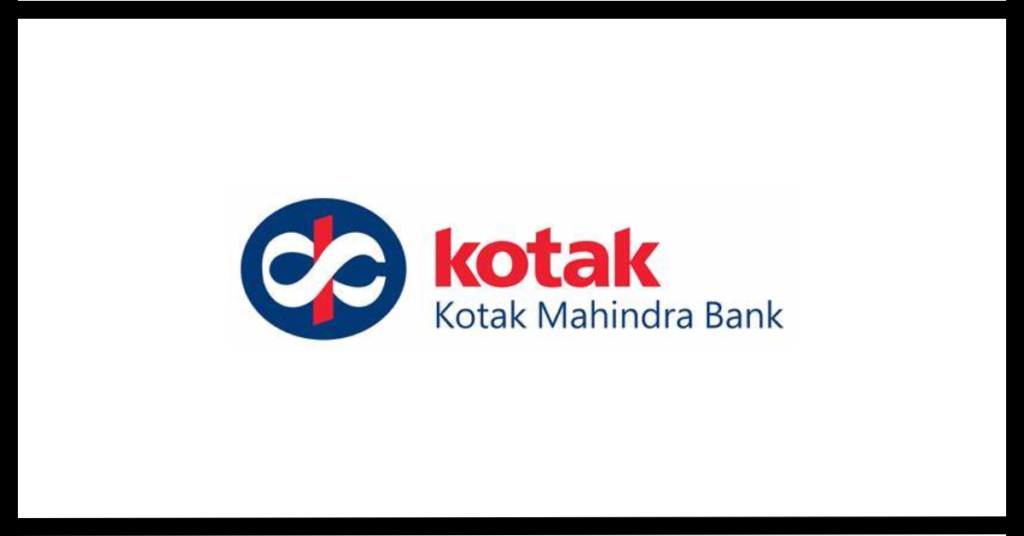
Kotak Mahindra Bank is a leading private sector bank in India, known for its technologically advanced banking solutions and customer service. Established in 2003 and headquartered in Mumbai, Kotak Mahindra Bank operates over 1,600 branches and 2,600 ATMs across the country. It caters to retail, SMEs, and high-net-worth individuals, offering innovative products like the Kotak 811 and focusing on enhancing customer experience through digital platforms.
| Criteria | Details |
|---|---|
| Established | 2003 |
| Headquarters | Mumbai, Maharashtra |
| Assets | ₹4.54 trillion (as of FY 2021-22) |
| Branches | Over 1,600 branches and 2,600 ATMs across India |
| Key Strengths | Technologically advanced banking solutions, customer service |
| Innovation | Kotak 811, mobile banking apps |
| Customer Base | Retail, SMEs, high-net-worth individuals |
| Financial Inclusion | Focus on urban and semi-urban markets |
| Achievements | Leading private sector bank in India, diversified financial services |
Kotak Mahindra Bank has emerged as a dynamic player in India’s banking sector, leveraging technology to enhance customer experience and operational efficiency. With a strong presence in urban and semi-urban markets, Kotak Mahindra Bank continues to innovate across various banking verticals.
8. Canara Bank
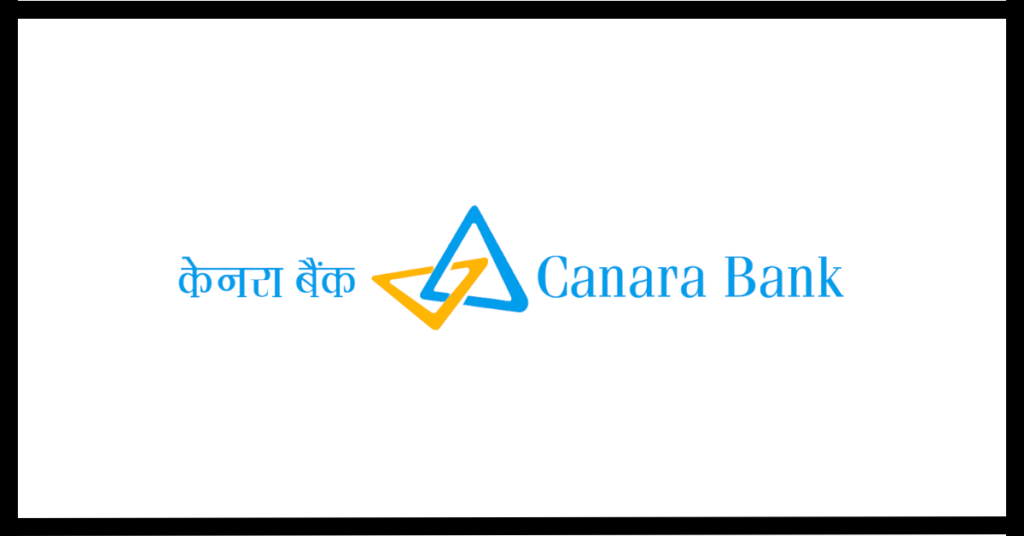
Canara Bank is a renowned public sector bank in India, established in 1906 and headquartered in Bengaluru, Karnataka. With over 10,000 branches and 13,600 ATMs nationwide, Canara Bank has a strong presence in southern India and serves a diverse customer base including retail, corporate, and government sectors. Known for its extensive branch network and digital banking solutions like Canara DiYA, the bank focuses on customer satisfaction and financial inclusion initiatives.
| Criteria | Details |
|---|---|
| Established | 1906 |
| Headquarters | Bengaluru, Karnataka |
| Assets | ₹8.88 trillion (as of FY 2021-22) |
| Branches | Over 10,000 branches and 13,600 ATMs across India |
| Key Strengths | Extensive branch network, focus on customer satisfaction |
| Innovation | Canara DiYA, digital banking solutions |
| Customer Base | Retail, corporate, and government sectors |
| Financial Inclusion | PMJDY participation, financial literacy programs |
| Achievements | Strong presence in southern India, inclusive banking initiatives |
Canara Bank stands out for its extensive reach and commitment to serving diverse customer segments. With a legacy rooted in trust and reliability, Canara Bank offers a wide array of banking products tailored to meet the evolving needs of its customers.
9. Union Bank of India
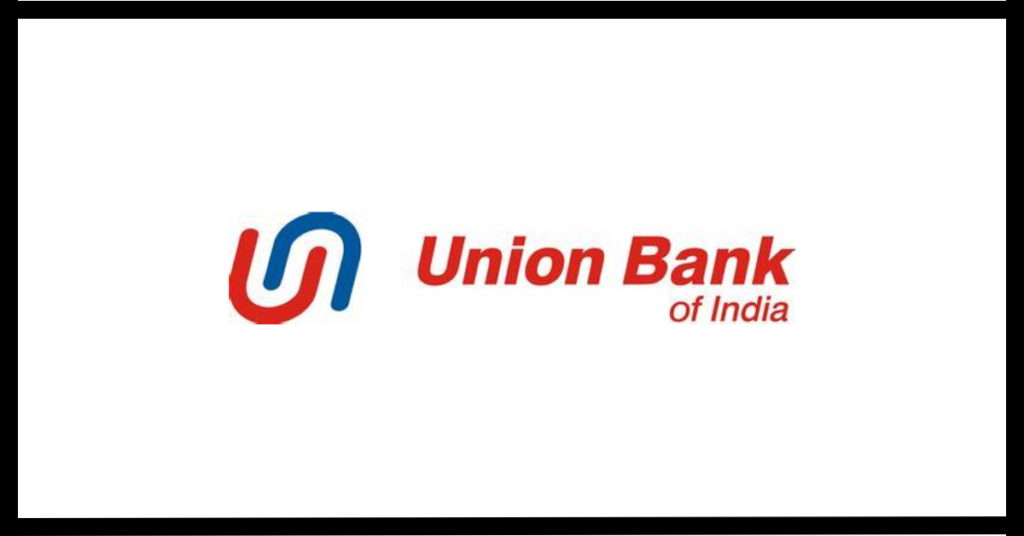
Union Bank of India is a prominent public sector bank in India, established in 1919 and headquartered in Mumbai. With over 9,500 branches and 12,000 ATMs across the country, Union Bank offers a wide range of banking products and services to retail, corporate, and SME clients. Known for its digital transformation initiatives like the Union Digital Wallet, the bank emphasizes customer-centric services and financial inclusion efforts in rural and semi-urban areas.
| Criteria | Details |
|---|---|
| Established | 1919 |
| Headquarters | Mumbai, Maharashtra |
| Assets | ₹7.81 trillion (as of FY 2021-22) |
| Branches | Over 9,500 branches and 12,000 ATMs across India |
| Key Strengths | Emphasis on digital transformation, customer-centric services |
| Innovation | Union Digital Wallet, mobile banking solutions |
| Customer Base | Retail, corporate, and SME clients |
| Financial Inclusion | Focus on rural and semi-urban areas, financial literacy initiatives |
| Achievements | Public sector bank, strong performance in retail banking |
Union Bank of India is known for its proactive approach to banking and financial services. With a focus on digital banking solutions and customer satisfaction, Union Bank continues to expand its footprint while maintaining strong ties to its heritage of service excellence.
10. IDBI Bank
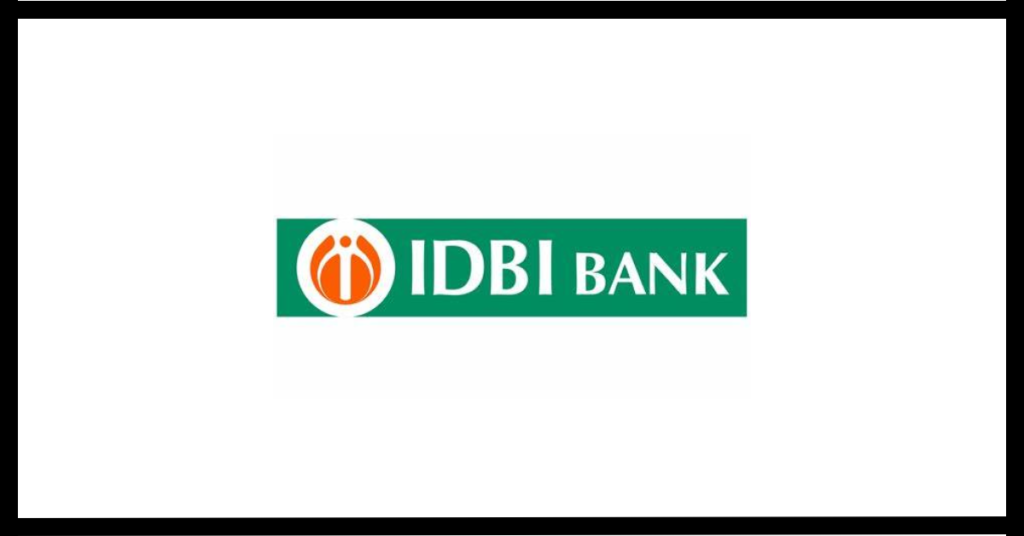
IDBI Bank, established in 1964 and headquartered in Mumbai, is recognized for its specialized banking services focusing on corporate banking, project finance, and infrastructure financing. With over 1,800 branches and 3,700 ATMs across India, IDBI Bank caters primarily to corporate clients and institutional investors. The bank has undergone significant transformation and offers digital banking solutions alongside its specialized financial services.
| Criteria | Details |
|---|---|
| Established | 1964 |
| Headquarters | Mumbai, Maharashtra |
| Assets | ₹4.43 trillion (as of FY 2021-22) |
| Branches | Over 1,800 branches and 3,700 ATMs across India |
| Key Strengths | Corporate banking, project finance, infrastructure financing |
| Innovation | IDBI Federal Life Insurance, digital banking initiatives |
| Customer Base | Corporate clients, institutional investors |
| Financial Inclusion | Focus on specialized banking segments |
| Achievements | Transformation into a commercial bank, specialized financial services |
IDBI Bank, while relatively newer compared to some of its peers, has rapidly gained prominence in India’s banking landscape. Known for its innovative product offerings and customer-centric strategies, IDBI Bank caters to diverse sectors with a focus on enhancing financial inclusivity.
FAQs About Top 10 Banking Institutions in India
1. What criteria were used to select the top 10 banking institutions in India?
The selection criteria for the top 10 banking institutions in India included factors such as asset size, market presence, customer base, innovation in banking products and services, technological advancements, and overall reputation in the financial sector.
2. How does State Bank of India (SBI) differentiate itself from other banks in India?
State Bank of India (SBI) distinguishes itself through its extensive branch network, robust financial products catering to diverse customer segments, and a strong focus on financial inclusion initiatives. SBI’s scale and range of services make it a leader in the Indian banking industry.
3. What are HDFC Bank’s strengths compared to other private sector banks in India?
HDFC Bank excels in customer service, digital banking solutions, and innovation. Its strong emphasis on technology-driven banking services, coupled with a wide range of products tailored to individual and corporate clients, sets HDFC Bank apart in the competitive landscape of private sector banking.
4. How has ICICI Bank contributed to the evolution of banking in India?
ICICI Bank has been a pioneer in digital banking solutions, introducing innovations like internet banking, mobile banking apps, and digital wallets. It has also played a significant role in expanding access to banking services across urban and rural India, promoting financial inclusion through various initiatives.
5. What makes Punjab National Bank (PNB) a prominent player in the Indian banking sector?
PNB’s longstanding presence, particularly in rural and agricultural finance, underscores its commitment to serving diverse customer needs. Its extensive branch network and focus on inclusive banking initiatives have cemented PNB’s position as a key player in the Indian banking landscape.
6. How has Axis Bank differentiated itself in the competitive banking industry?
Axis Bank stands out for its proactive adoption of technology, offering innovative banking solutions such as Axis Mobile app, internet banking services, and personalized customer offerings. Its customer-centric approach and focus on enhancing user experience have contributed to its growth and popularity.
7. What are some notable achievements of Bank of Baroda (BOB) in the banking sector?
Bank of Baroda has a strong international presence and is known for its customer-centric approach and diversified product portfolio. BOB’s initiatives in digital banking, wealth management services, and corporate banking solutions have earned it recognition as a leading global bank headquartered in India.
8. How does Kotak Mahindra Bank cater to the needs of both urban and rural customers?
Kotak Mahindra Bank leverages its digital banking platforms and extensive branch network to provide seamless banking experiences to customers across diverse geographical locations. Its innovative product offerings and focus on customer satisfaction contribute to its popularity among both urban and rural customers.
9. What initiatives has Canara Bank undertaken to enhance financial inclusivity?
Canara Bank has launched various financial inclusion initiatives such as PMJDY (Pradhan Mantri Jan Dhan Yojana), Aadhaar seeding, and digital banking solutions to expand access to banking services in remote and underserved areas. These efforts align with Canara Bank’s commitment to promoting inclusive growth and development.
10. How has Union Bank of India adapted to the changing dynamics of the banking industry?
Union Bank of India has embraced digital transformation and introduced innovative banking solutions to streamline operations and improve customer service. Its focus on technology adoption, along with a strong customer service ethos, positions Union Bank as a forward-thinking player in the competitive banking landscape.
11. What are IDBI Bank’s strategies to compete with established banks in India?
IDBI Bank focuses on niche banking segments, including corporate banking, infrastructure financing, and project finance, to differentiate itself in the market. Its customer-centric approach and specialized financial solutions cater to the unique needs of corporate clients and institutional investors.
Conclusion
These top 10 banking institutions in India exemplify the diversity and strength of the country’s banking sector. From traditional stalwarts to agile newcomers, each bank brings unique strengths and innovations to the table, shaping the future of banking in India. Whether it’s leveraging technology, enhancing customer experience, or promoting financial inclusion, these institutions continue to drive growth and set benchmarks in the dynamic world of Indian banking.
Last Updated on Friday, July 5, 2024 10:39 am by Startup Newswire Team